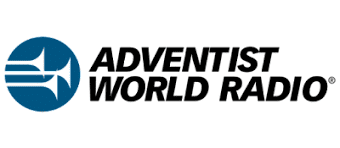Back in the year 1993, a special publication in the form of a regular radio magazine highlighted in its 74 pages the early radio history in Australia. On page 8 of this magazine, “The Dawn of Australia’s Radio Broadcasting”, the story is told of a small radio transmitter that was installed on two different ships in Australian waters.
In 1919, the AWA company asked their Technical Director, William Bostock, to construct a special transmitter for use in the planned tests and broadcasts from two ships in Australian waters. A single Marconi Q-valve from England was used, and when it was fed with 240 volts, it glowed a bright cherry red.
This small transmitter was installed in the coastal steamer “Riverina” and tested for three weeks during the month of April 1919. Later that same year, additional similar tests were carried out aboard another ship, the “Bombala“. These tests broadcasts were heard quite widely and were described as very successful.
Another occasion of early radio broadcasting is presented in the same article, and this one took place three years earlier, in the year 1916. Another AWA engineer, Harry de Dassel, was on board the Royal Mail Steamer, “Moana”, one day’s journey out from San Francisco.
On the ship’s radio receiver, he picked up an experimental broadcast from the Hotel Fairmount on the water’s edge in the northern areas of San Francisco. This broadcast featured advertising for the hotel and several musical recordings. The callsign of this amateur station at the time was 6XG, and five years later this station was granted a broadcasting licence with the callsign KDN.
A quarter of a century later, the Fairmount Hotel again featured in radio broadcasting, this time on an international scale. The American government bought the Fairmount Hotel for the purpose of establishing studios and offices for the new shortwave station KGEI. This station, together with its sister transmitter, KGEX, was heard far and wide during the era of the Pacific War.
From: Wavescan 453, September 7, 2003
 “Wavescan” is a weekly program for long distance radio hobbyists produced by Dr. Adrian M. Peterson, Coordinator of International Relations for Adventist World Radio. AWR carries the program over many of its stations (including shortwave).
“Wavescan” is a weekly program for long distance radio hobbyists produced by Dr. Adrian M. Peterson, Coordinator of International Relations for Adventist World Radio. AWR carries the program over many of its stations (including shortwave). 